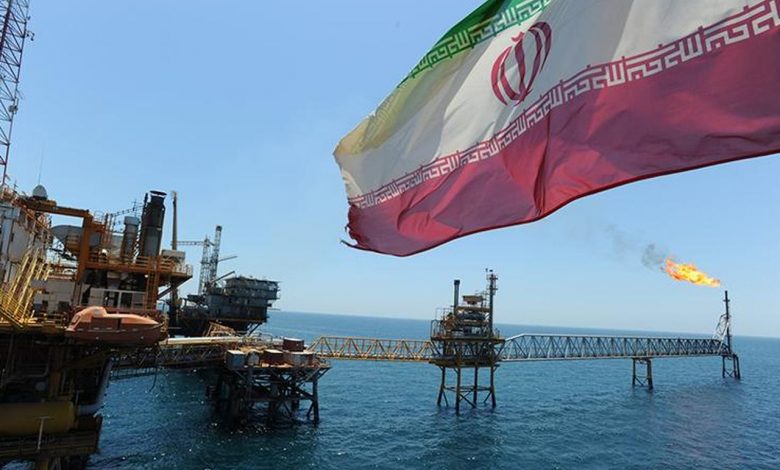Over 50 Billion Barrels of Crude Found in Iran Oil Field

Oil Discovery
Iranian President Hassan Rouhani announced on Sunday that a vast oil field containing an estimated 53 billion barrels of crude oil has been found in southwestern Iran. Energy analysts believe that the discovery may help to bolster the country’s economy after it had taken a beating from U.S. sanctions that were imposed in retaliation for the downing of an American military drone. The newly discovered oil field covers an area of around 1,491 square miles and is roughly 262 feet below the surface of the ground (Altaher, 2019). As the country struggles to sell its existing crude reserves, the new oil may prove to boost the country’s proven reserves by as much as a third (AP, 2019).

Crippling Sanctions
Crushing U.S. sanctions were first imposed on Iran’s oil exports after the U.S. pulled out of the nuclear deal last year. Moreover, after a U.S. drone was said to have been shot down by Iran, the Trump administration applied even more pressure that has severely impacted the country’s ability to sell oil to foreign powers. Any country that knowingly purchases oil from Iran would also be subject to U.S. sanctions, which has prevented billions of dollars in business from benefiting the Iranian economy (Vahdat, 2019).
Proven Reserves
With 150 billion barrels of known crude oil reserves (not including the newly discovered 53 billion barrels), Iran has the world’s fourth-largest proven reserves of oil behind Venezuela, Saudi Arabia, and Canada (AP, 2019). Iran also shares the world’s largest deposit of natural gas in the Persian Gulf with Qatar. While the new oil field will be one of the biggest in the world, it will be Iran’s second largest behind the Ahavaz field with 65 billion barrels (AP, 2019). However, the location of the latest oil field is strategically located in the Khuzestan province, which is already the epicenter of the Iranian oil industry.

Brief History
Since the Anglo-Persian oil company first struck oil in Iran in 1908, the country has developed into a global oil superpower. For the first 40 years after oil was discovered in Iran, it flowed into Europe powering the first two world wars. In 1951, Iranian Prime Minister Mohammed Mossadeq then nationalized the oil industry, which ultimately triggered a Western-inspired coup (Kent, 2015). Until the late 1990s, western participation in Iran’s oil industry was severely limited. Today, as one of the leading members of the Organization of the Petroleum Exporting Countries (OPEC), Iran now frequently challenges Saudi Arabia for dominance of the oil cartel.
Outlook for the Future
While foreign companies are eager to move back into Iran to extract the oil reserves, U.S. sanctions continue to hinder the development of the country’s oil industry. From 2011 to 2014, Iran’s oil production fell from 3.6 million barrels a day to just over 2.8 million barrels a day (Kent, 2015). Since then, the industry has continued to decline as a result of American pressure. Even with the discovery of new oil reserves, these will only prove to be a lifeline for the Iranian economy if the country is able to reach a deal with the U.S. to end sanctions that would permit Iran to export oil.

Sources
Altaher, N. (2019). “Iran has discovered an oil field with an estimated 53 billion barrels of crude, Rouhani says.” CNN.
AP. (2019). “Iran Finds Oil Field With Over 50 Billion Barrels, Rouhani Says.” The New York Times.
Kent, S. (2015). “A Brief History of the Iranian Oil Industry.” The Wall Street Journal.
Vahdat, A. (2019). “Iran President: New Oil Field Discovered With Over 50 Billion Barrels of Crude.” Time.



